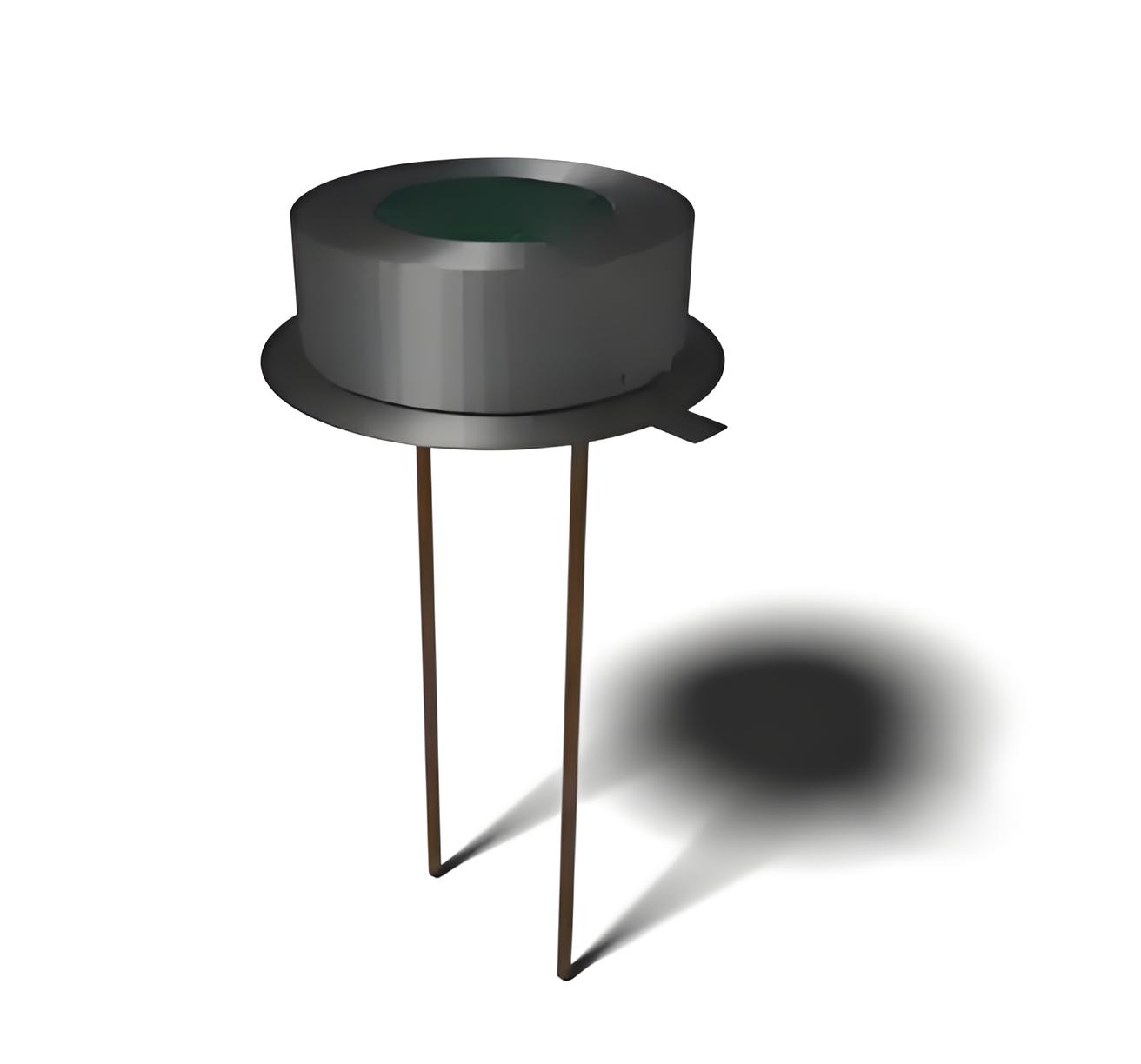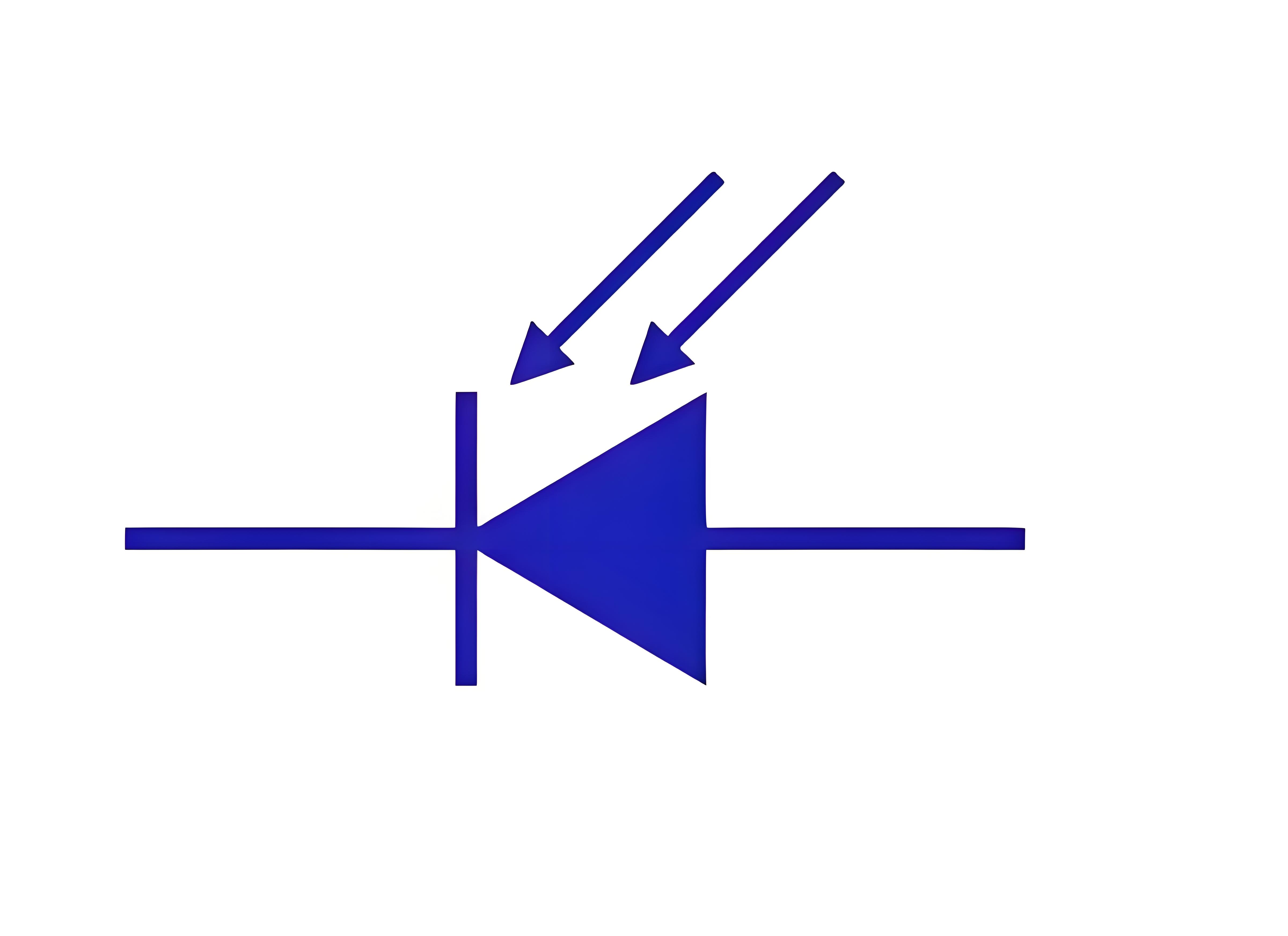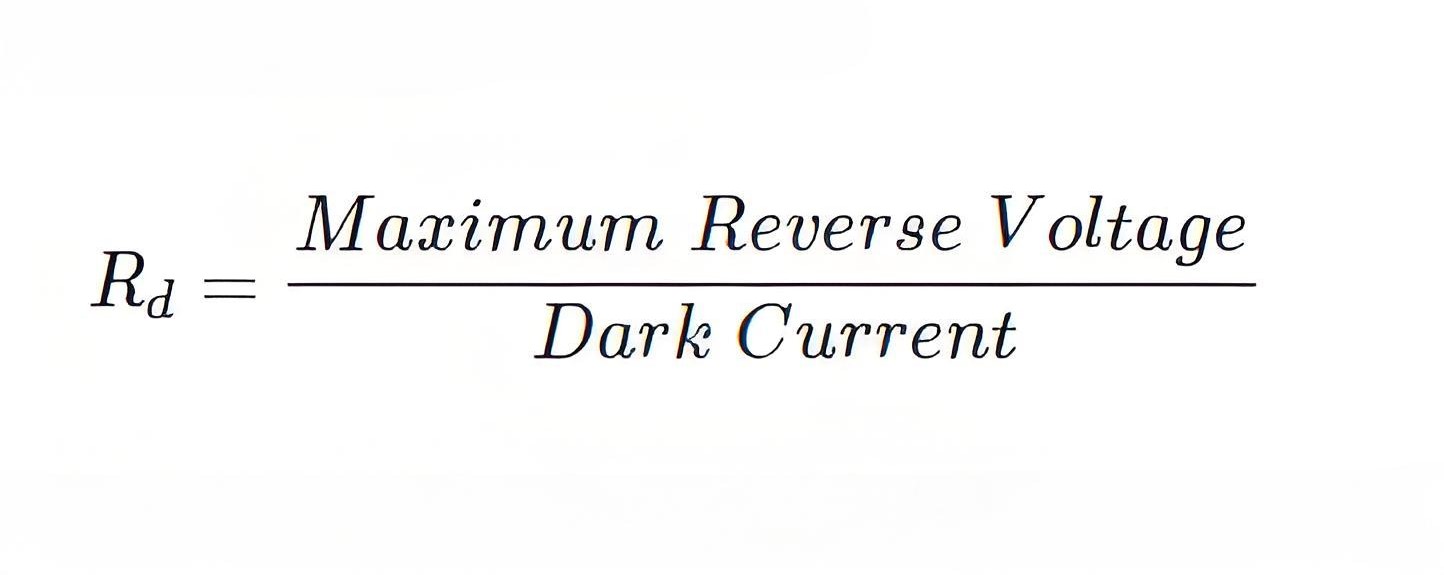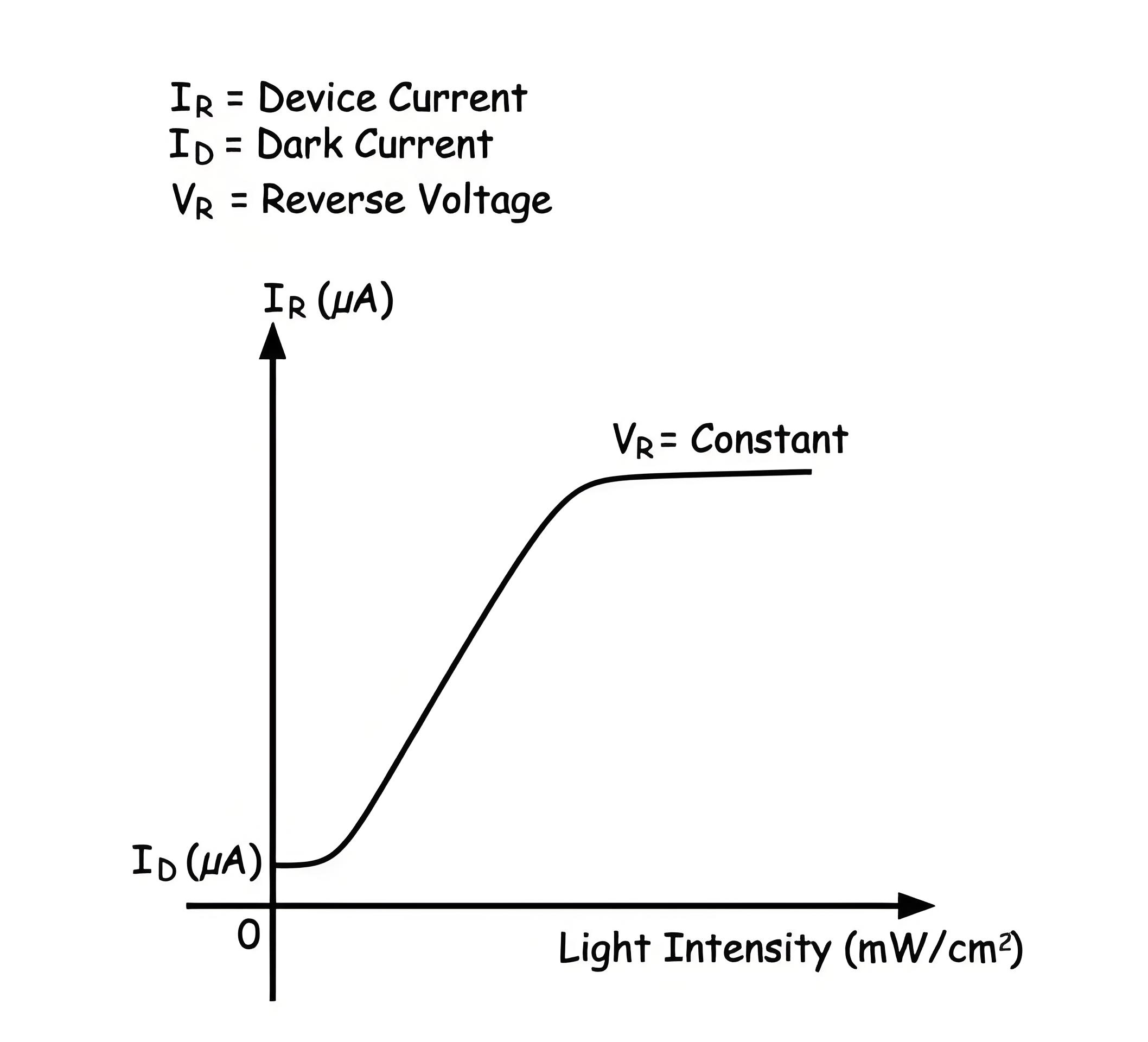What is a Photodiode?
What is a Photodiode?
Photodiode Definition
A photodiode is defined as a PN junction diode that generates current when exposed to light. This junction is formed by combining P-type and N-type semiconductor materials. P-type material has extra positive charge carriers (holes), while N-type material has extra negative charge carriers (electrons). When these materials meet, electrons from the N-type region move into the P-type region, recombining with holes and creating a depletion region. This region acts as a barrier to further charge carrier diffusion.
A photodiode has two terminals, an anode and a cathode, which are connected to the P-type and N-type regions, respectively. The anode is usually marked with a tab or a dot on the device package. The symbol of a photodiode is shown below, with two arrows pointing toward the junction to indicate that it is sensitive to light.

Working Principle
When a photodiode is connected in reverse bias to an external circuit, a small reverse current flows from the anode to the cathode. This current, known as dark current, results from the thermal generation of minority charge carriers in the semiconductor. Dark current does not depend on the applied reverse voltage but varies with temperature and doping level.

When the light of sufficient energy strikes the photodiode, it creates electron-hole pairs in the semiconductor material. This process is also known as the inner photoelectric effect. If the absorption of light occurs in or near the depletion region, these charge carriers are swept by the electric field across the junction, creating a photocurrent that adds to the dark current. Thus, holes move toward the anode, and electrons move toward the cathode, and the reverse current increases with increasing light intensity.
The photocurrent is proportional to the light intensity for a specific wavelength and temperature. If the light intensity is too high, the photocurrent hits a maximum value called the saturation current, beyond which it no longer increases. This saturation current depends on the device’s geometry and material properties.

The photodiode can operate in two modes: photovoltaic mode and photoconductive mode.
Photovoltaic Mode
In photovoltaic mode, no external reverse voltage is applied to the photodiode, making it act like a solar cell that generates power from light. The photocurrent flows through a short circuit or load impedance connected to the terminals. If the circuit is open or has high impedance, a voltage builds up across the device, forward-biasing it. This voltage, called the open-circuit voltage, depends on light intensity and wavelength.
The photovoltaic mode exploits the photovoltaic effect, which is used to produce solar energy from sunlight. However, this mode has some disadvantages, such as low response speed, high series resistance, and low sensitivity.
Photoconductive Mode
In photoconductive mode, an external reverse voltage is applied to the photodiode, and it acts like a variable resistor that changes its resistance with light intensity. The photocurrent flows through an external circuit that provides a bias voltage and measures the output current or voltage.
The photoconductive mode has some advantages over the photovoltaic mode, such as high response speed, low series resistance, high sensitivity, and wide dynamic range. However, this mode also has some drawbacks, such as higher noise levels, higher power consumption, and lower linearity.
Characteristics of Photodiode
The characteristics of a photodiode describe its performance under different conditions of light intensity, wavelength, temperature, bias voltage, etc. Some of these characteristics are:

Applications of Photodiode
Optical communication
Optical measurement
Optical imaging
Optical switching
Solar power generation
Conclusion
A photodiode is a semiconductor device that converts light into electric current. It works on the principle of the inner photoelectric effect that creates electron-hole pairs when photons strike the PN junction diode. A photodiode operates in reverse bias conditions and has two modes: photovoltaic mode and photoconductive mode. A photodiode has various characteristics, such as responsivity, quantum efficiency, spectral response, dark current, dark resistance, noise, linearity, and response time.
A photodiode has many applications in optical communication, optical measurement, optical imaging, optical switching, and solar power generation. A photodiode can be used to make alarm circuits and counter circuits by detecting the interruption of light beams. A photodiode is a versatile and useful device that can sense and convert light into electricity.
The Electricity Encyclopedia is dedicated to accelerating the dissemination and application of electricity knowledge and adding impetus to the development and innovation of the electricity industry.













